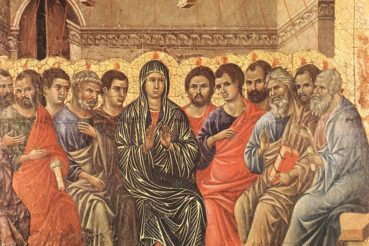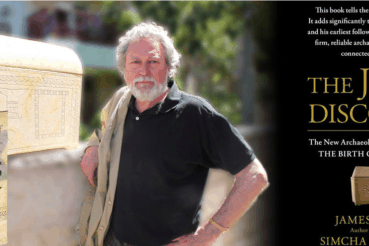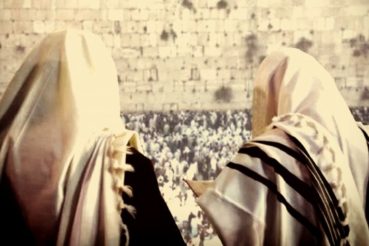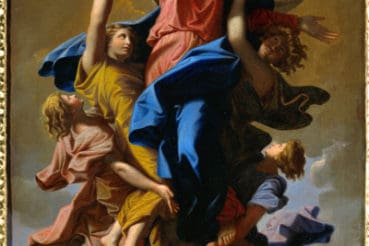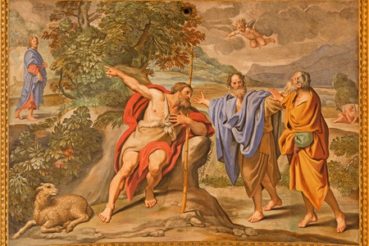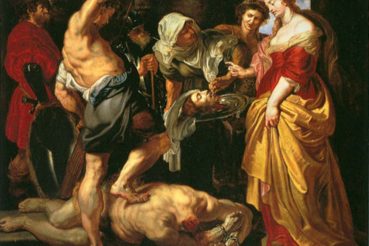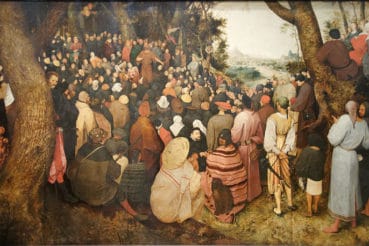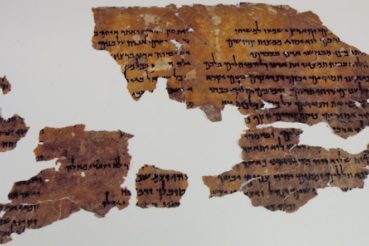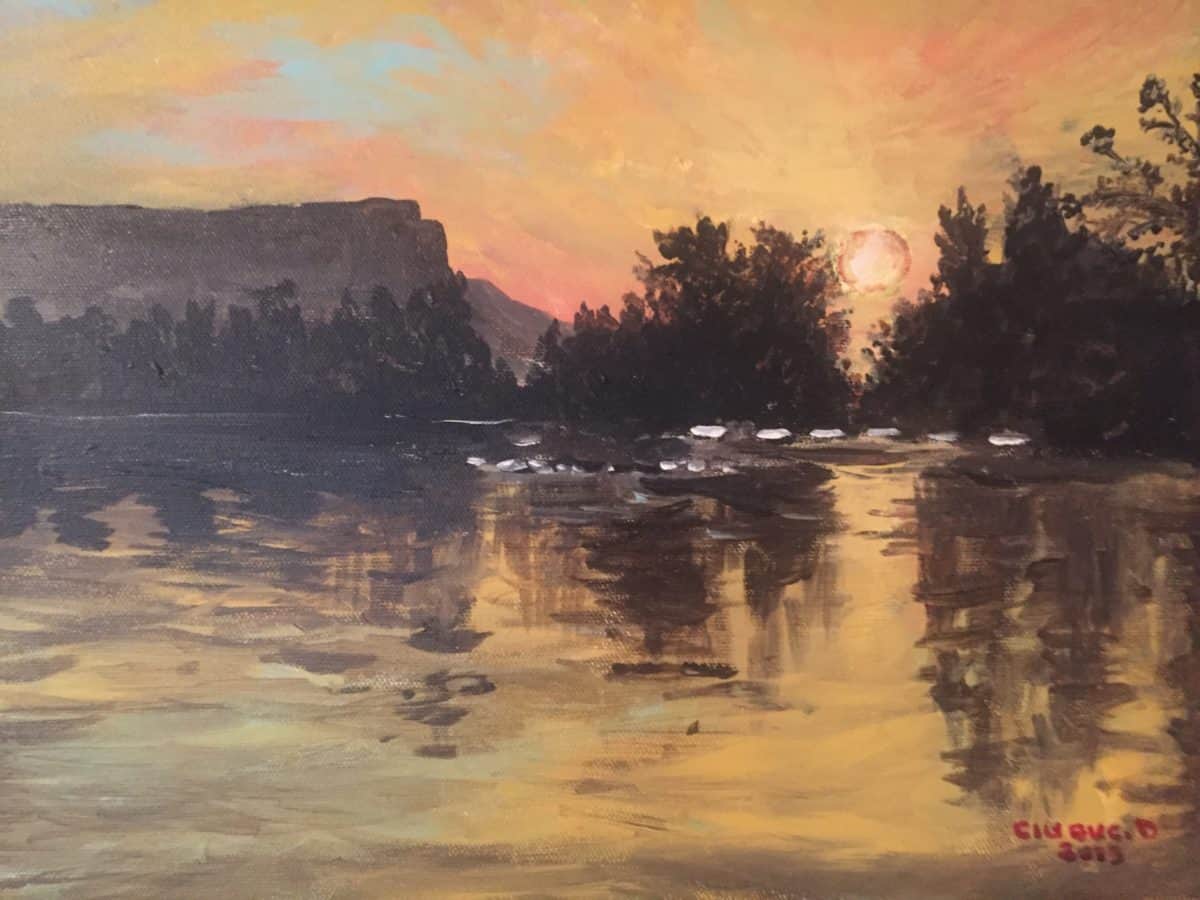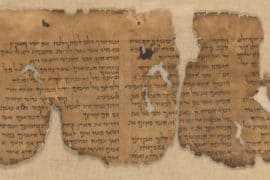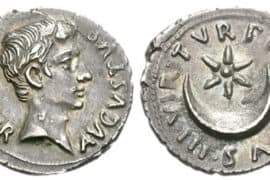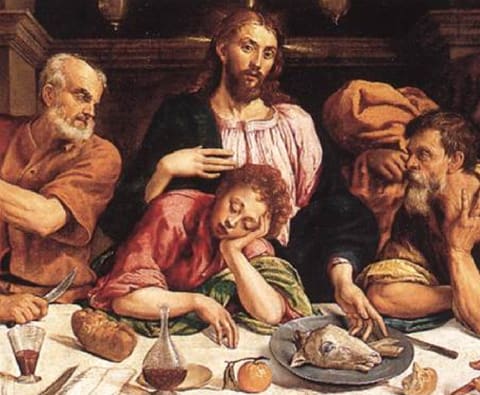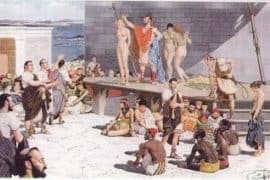Subscribe to TaborBlog in the Sidebar and don’t miss a single post. Today I begin a series of posts on “James the Just,” the largely forgotten brother of Jesus, following up on my post “Another Comforter: The Forgotten Brother of Jesus” on the missing key to understanding Christian origins. ((Robert Eisenman,…
Discover the historical Jesus in a new way through The Jesus Discovery. The book begins with the controversial Talpiot tombs (see “Does the Evidence Add Up?) but then uses that avenue to open up the whole forgotten world of the earliest Jesus movement, combining textual and material/archaeological evidence. As a result…
One of the ideas I explore and develop in my 2006 book, The Jesus Dynasty, was the notion of two Messiahs. I had no idea it would become sensational–much less controversial. It actually became headline news, with a cover story in USNews & World Report and special segments on ABC’s…
Those engaged in the academic study of religions, and specifically the origins and development of early Christianity, draw a sharp distinction between what they call the historical Jesus and the “Christ” of Christian faith and devotion. How and when this transformation took place–from Jesus the itinerant messianic Jewish teacher and…
In this new six part series I present responses to essays offered in my course at UNC Charlotte on “John the Baptist.” John is the most underrated figure in Christian tradition, rarely given his due as a messiah and inaugurator of the movement Jesus himself arose from. The responses are by…
In this new six part series I present responses to essays offered in my course at UNC Charlotte on “John the Baptist.” John is the most underrated figure in Christian tradition, rarely given his due as a messiah and inaugurator of the movement Jesus himself arose from. The responses are by…
In this new six part series I present responses to essays offered in my course at UNC Charlotte on “John the Baptist.” John is the most underrated figure in Christian tradition, rarely given his due as a messiah and inaugurator of the movement Jesus himself arose from. The responses are by…
In this new six part series I present responses to essays offered in my course at UNC Charlotte on “John the Baptist.” John is the most underrated figure in Christian tradition, rarely given his due as a messiah and inaugurator of the movement Jesus himself arose from. The responses are by…
In this new six part series I present responses to essays offered in my course at UNC Charlotte on “John the Baptist.” John is the most underrated figure in Christian tradition, rarely given his due as a messiah and inaugurator of the movement Jesus himself arose from. The responses are by…
In this new six part series I present responses to essays offered in my course at UNC Charlotte on “John the Baptist.” John is the most underrated figure in Christian tradition, rarely given his due as a messiah and inaugurator of the movement Jesus himself arose from. The responses are by…

